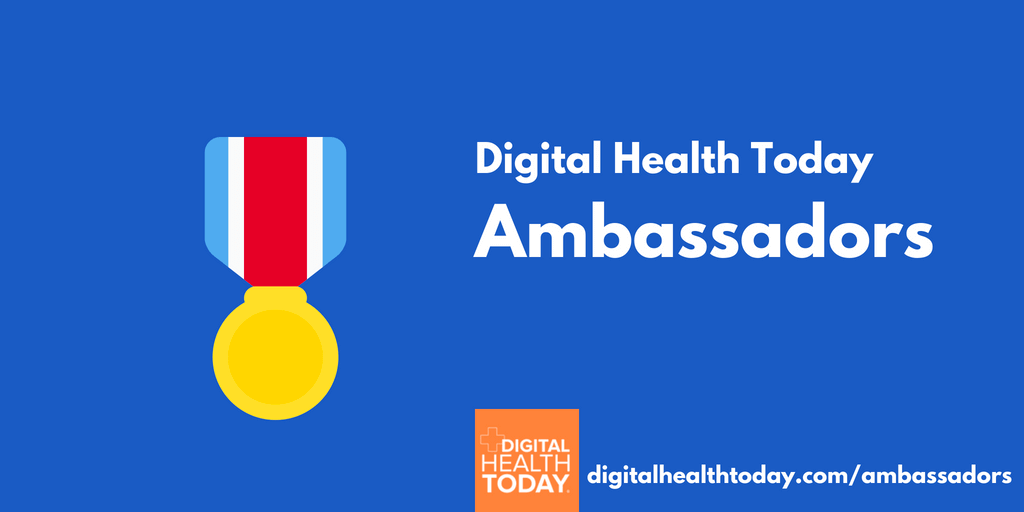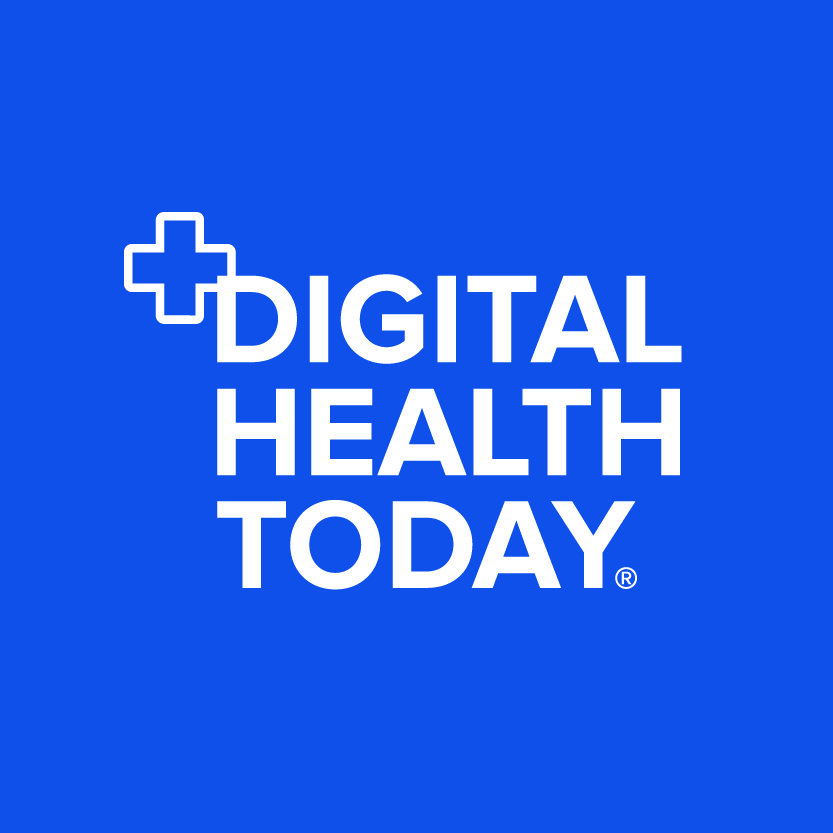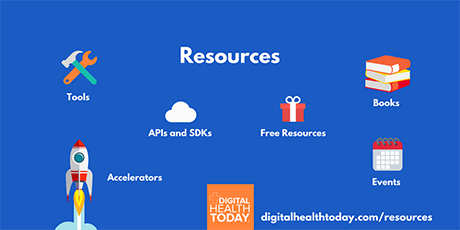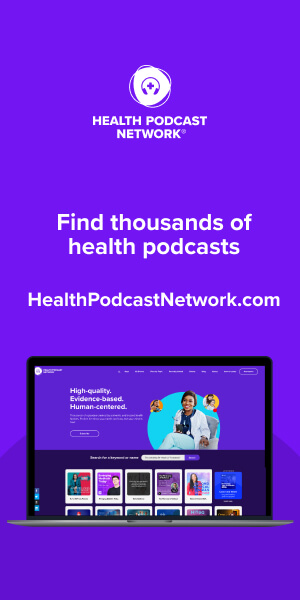When CMS unveiled the first standalone reimbursement for Remote Patient Monitoring (“RPM”) by “unbundling” CPT Code 99091 in the 2018 Medicare Physician Fee Schedule, it opened the door to the widespread use of RPM services for patients and promised there was more to come. CMS made good on that promise in the 2019 Medicare Physician Fee Schedule, introducing three new RPM reimbursement codes along with codes for “virtual check-ins” and internet consultations among physicians.
Remote monitoring of patients is not a new phenomenon in itself, and RPM providers have long preached the benefits of these services in the form of better outcomes for patients and lower overall cost of care. However, the advent of new monitoring devices and technology platforms that make monitoring less intrusive and more accurate, combined with CMS’ recognition that RPM should be separately reimbursable, has created an enormous opportunity that digital health companies are rushing to seize. As a healthcare attorney in the HealthTech space, my Firm has seen a flurry of activity as RPM companies seek to understand how the new reimbursement codes may impact their business models. I’ll use the rest of this post to provide an overview of the new codes, along with my views on how and when they are likely to be adopted based on my interactions with RPM companies, healthcare providers, and the policymakers who created the codes.
Remote Patient Monitoring versus Chronic Care Remote Physiologic Monitoring
The codes that have generated the most interest by stakeholders are the ones that involve the remote transmission of patient-generated health data to clinical practice for analysis and changes to a patient’s care plan as necessary. CPT Code 99091, the original “Remote Patient Monitoring” code unbundled for standalone reimbursement in 2018 at an average rate of $59, requires that a physician or “other qualified healthcare professional” (such as a nurse practitioner or physician assistant) spend an aggregate of 30 minutes of time over a 30-day period monitoring and analyzing a patient’s remotely transmitted physiologic data, communicating with the patient about the data, and making any necessary changes to the patient’s course of treatment based on that data.
While CPT Code 99091 was viewed as a good first step towards RPM reimbursement, physicians bristled at the notion of spending their own time reviewing a dashboard of data each day rather than allowing clinical staff to handle initial triage of patient data coming in and escalate potential problems to the physician for further analysis and follow-up.
The newly released CPT Codes 99453, 99454, and 99457, referred to together under the rubric of “Chronic Care Remote Physiologic Monitoring,” is a move towards addressing physicians’ concerns on that front. CPT Code 99453 provides a one-time reimbursement averaging $21 for the initial setup and patient education on the RPM device(s)/technology. CPT Code 99454 is for the supply of the device or devices to be used in monitoring the patient and is reimbursable at an average of $69 on a monthly recurring basis for as long as monitoring is in effect. CPT Code 99457 is analogous to CPT Code 99091, with a few key differences. CPT Code 99457 requires that a physician, qualified healthcare provider, and/or clinical staff spend an aggregate of 20 minutes of time during a calendar month monitoring and analyzing patient data, interacting live with the patient, and making treatment changes as necessary.
While allowing clinical staff time to be counted towards the 20-minute threshold and billed “incident to” the billing practitioner’s RPM service is a big step in the right direction, CMS has informally indicated that they will be going a step further by explicitly allowing “general” rather than “direct” supervision of clinical staff for incident-to billing of CPT Code 99457. This would open additional opportunities for physician practices to benefit from outsourced RPM business models – as they currently do with Chronic Care Management services. (As an interesting and somewhat perplexing sidenote, CMS has indicated that, unlike the Chronic Care Management codes, these Chronic Care Remote Physiologic Monitoring codes are NOT limited to use for patients with chronic conditions.) Stay tuned for the evolution of outsourced RPM services pending a formal action by CMS allowing general supervision of clinical staff.
Virtual Check-Ins and Remote Evaluation of Patient-Generated Images
To the surprise of many stakeholders in the industry, in the 2019 MPFS, CMS went beyond simply building upon the traditional concept of Remote Patient Monitoring in CPT Code 99091 by introducing two new HCPCS codes that allow patients to check in remotely with their physician practice to determine whether an office visit is warranted for their symptoms. HCPCS Code G2012 for Virtual Check-ins allows patients experiencing a concerning symptom at home to initiate a brief remote session with their physician (or other qualified healthcare professional) and have a brief virtual consult to determine they need immediate attention or whether their symptoms are within the realm of normal. While the Virtual Check-in will not be separately reimbursed if the physician determines that an in-person office visit is necessary within the next twenty-four hours (or the next available appointment), reimbursement is available if an unnecessary office visit is avoided by the check-in.
Similarly, CMS introduced HCPCS Code G2010 for the Remote Evaluation of Patient-Generated Images to determine whether a patient requires an in-person office visit. The image or images can be still or video in nature and evaluation by a physician or other qualified healthcare provider may help determine whether a wound is becoming infected, whether a rash is a typical side effect of a new medication or something more serious, or whether a patient’s breathing is so labored as to create immediate concern. Again, this evaluation is not separately reimbursable if it results in an office visit within twenty-four hours (or the next available appointment), but practices who make use of this code are reimbursed for their time spent on evaluating the image and following up with the patient if there is no need for an office visit. The specific parameters around the timing of the virtual check-in or image evaluation are a bit more complex than I have described above, and it remains to be seen whether practices will view these new codes as worth their time for relatively low reimbursement amounts – or whether physicians will simply prefer to have patients come in for a visit.
Interprofessional Internet Consultations
The last set of codes released by CMS in 2019 are intended to provide reimbursement for the time and effort spent by a treating physician (or qualified healthcare provider) consulting via the internet, phone, or electronic health record with another outside physician regarding the treatment protocol and course of care for the treating physician’s patient. The amount of reimbursement to the consulting physician under CPT Codes 99446 through 99451 varies according to the amount of time spent devoted to the consultation. The treating physician/qualified healthcare provider is reimbursed for his or her time spent preparing for the consultation via CPT Code 99452.
The jury is still out as to how likely medical practices are to utilize these new codes for remote interprofessional consultations, but the reimbursement amounts, averaging from $18 to $73, are significant, and today’s physicians are becoming more comfortable interacting remotely – with patients and with each other.
What does the future hold for Remote Patient Monitoring?
In its effort to encourage rather than stifle innovation, CMS has indicated an inclination to be less prescriptive in the parameters surrounding the new RPM codes than it otherwise might. However, as with all new reimbursement opportunities, the potential for misuse and abuse exists, and if CMS begins to see indications that this potential is being realized, stakeholders should expect to see new constraints imposed around the use of the codes. Until then, the new RPM reimbursement opportunities create fertile ground for innovative use of RPM technologies to improve patient outcomes and reduce the overall cost of care.





